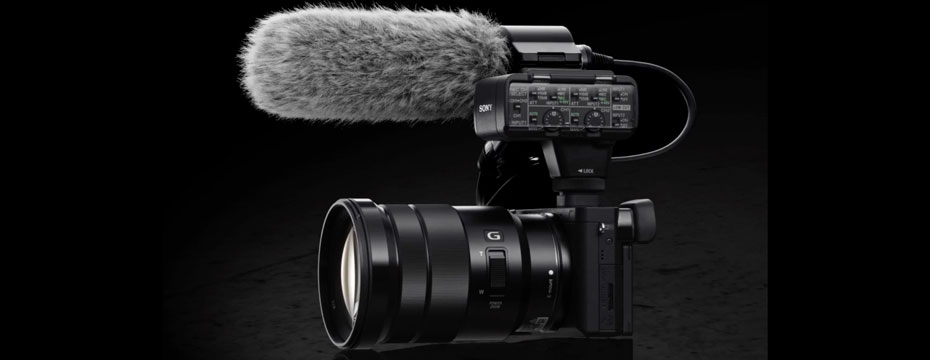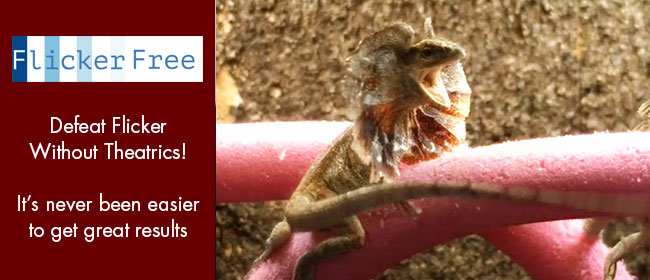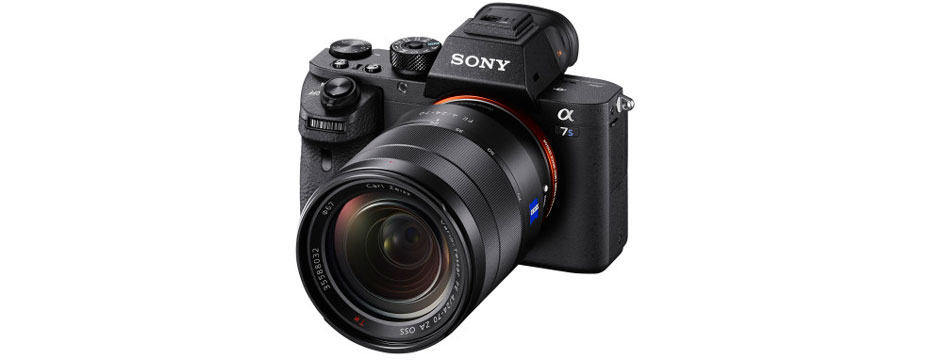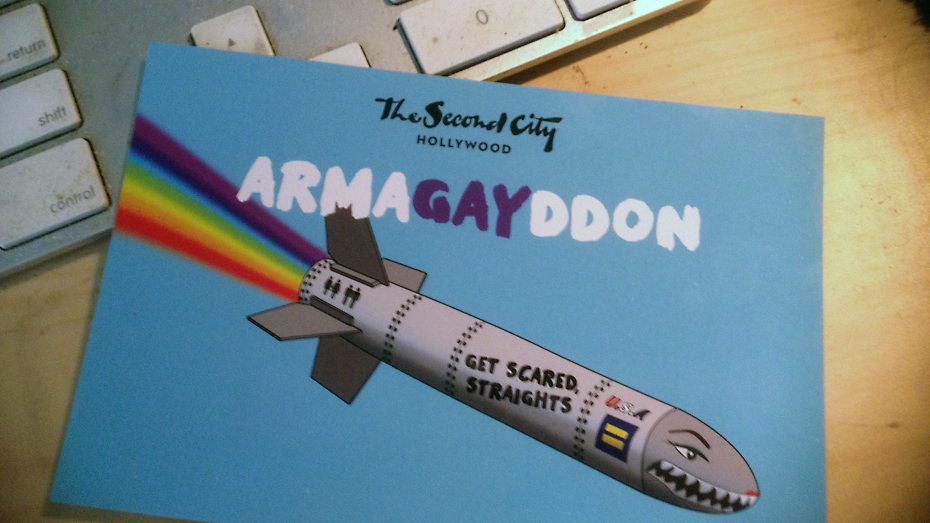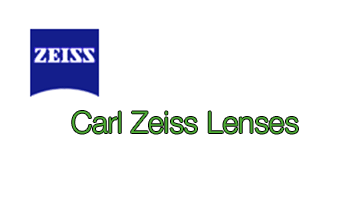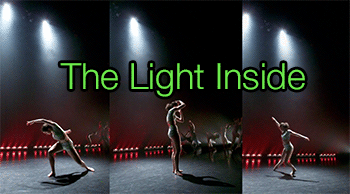
The Light Inside
The Light Inside: Dance at Princeton from Jon Roemer on Vimeo.
My good friend and kindred spirit Jon Roemer did a blog post this week that caught my attention, as I hope it will yours. I’ve followed this project from its initial shoot for the vertical print ad back in February, to the creation of the movie above released just this week. It is a story of what started out one direction and got amplified into something much greater. It is an excellent example of collaborative creativity at work and hybrid storytelling at its very best.
Jon Roemer has a real feel for the video medium, but he hasn’t lost his still photography roots like so many good still photographers have. Jon is not a stills guy who moved over to, or simply added, video to his bag of tricks. Jon saw the potential in video both as a creative tool and as a good additional service to offer his clients. Jon Roemer is a visionary who has embraced the changes in the commercial photography marketplace. Jon is not a movie-maker in the traditional sense, like Phillip Bloom or Vincent Laforet have become, rather Jon has stayed true to his deep roots as a detail oriented still photographer. Bloom and Laforet both started their professional careers as newspaper still photographers, though today both have transitioned to making movies.
I see a real future for hybrid storytellers that began life shooting stills, and stay true to those roots. To my eye, people like Jon that are going this direction are the real visionaries. The laugh to me is that few of them I’ve met who are any good at it realize just how visionary they are. Most are just working away doing their best for their commercial clients – but differently than the “video guys” do their work. It is the difference in background and training. Movie guys have been trained to never take chances unless absolutely necessary. Everything is locked down tight well in advance in the planning stages. Shot lists are compiled from pre-production storyboards, where every shot is designed in advance. They wing it only when absolutely necessary, and that just doesn’t happen very often on well planned, well directed movie jobs. Jon’s work has a different view, a refined sense for detail. It has the same polish, fit, and finish befitting the professionally shot movie it is, but at the same time “The Light Inside” has the purity that comes only from a well trained eye capturing moments, not shooting short video segments to be edited later among hundreds of other clips. That would be too easy!
With Jon’s kind permission, I am reposting the story behind the creation of “The Light Inside” from Jon’s own blog, as it is far better in the telling using his own words:
The Light Inside: Dance at Princeton

- Princeton University Dance Program, 2013 Spring Dance Performance, rehearsal. Princeton, NJ. February, 2013.
The quote used for The Light Inside is by dancer, choreographer and directer emeritus of the Alvin Ailey Dance Theater, Judith Jamison:
“Learn the craft of knowing how to open your heart and to turn on your creativity. There’s a light inside of you.”
And that sums up well finding a movie within a few thousand images created for a vertical print ad. Not only were the images created with the layout of the ad in mind (vertical with space on the right and bottom for logos and copy) but while shooting I took none of the precautions one would normally if the goal was a motion piece. No tripod, no image stabilization, no extended clips, and a frame rate just this side of not being quite enough for motion.
For the assignment I photographed the dress rehearsal. I ran some tests during warm-ups and 6 fps worked well for capturing the movement of the dancers. So, I locked into that, shot raw, and created just over 3300 images during the four hours I was on site. Once done I showed the client some of the series and as an aside said, “These would make great animated gifs. They are all the rage now.”
Back in the studio I did my edit reducing the take down to ~1000 images. The photos were very well received, it was clear we had our print ad many times over, but that kernel of an idea with the animated gifs was fermenting and the client returned with a creative brief proposing we make a short video from the stills.
I knew there would be some challenges to doing this. First off not having shot more horizontals and secondly not incorporating the methods I listed above as normal for a motion assignment. Would it work? I asked the client to give a me a few days to see if we had enough extended series of stills to make a film viable and to run tests to see what frame rate would work best. The series count and tests had to be done after bringing the outtakes back into mix. What had been edited out would be needed to fill out any image series.
There were 157 series varying in length between 6 frames and 55 frames. The majority were 10 to ~20 frames long. Given this a 24 fps video was not going to work. 12 fps or slower would be needed to have enough length in the clips. The client and I settled on 6 fps, agreeing that it kept the staccato feel we wanted and allowing the viewer to easily see the building blocks underlying each dancers’ movement. Interestingly, since this was the same frame rate I had used while shooting the compiled motion clips are in real time. With the frame rate pinned down and the number of series known we were good to go – a short motion piece was doable.
Raw stills were processed out of Aperture as jpegs to fit within 1920 x 5184 px. This allowed for cropping the 16:9 full HD format, 1920 x 1080, out of the vertical images without sacrificing image quality. Horizontals, of course, would fit fine. The motion clips were compiled via QuickTime Player (v7). Those clips were then brought into FCP X for editing.
It was clear that the piece would have to be tightly edited to the music and in essence hang on the music’s structure. So, key to the process was picking the music first.
The final piece is very close to one of the rough cuts I had initially presented. In terms of editing, I was looking to build to a crescendo at the end. I knew I had to have breaks in both the pacing and in the layout to keep the piece interesting and to also give some eye relief to the viewer.
The pauses in the music provided opportunities to cut to black (eye relief from the staccato motion) and also helped build suspense. Having so many great vertical series and not wanting to crop them all to 16:9 horizontals led organically to the three triptych sections, supplying the needed variety in the layout, and making a great structural parallel with the three dancers at the end.
Many things came together to make the film work. First and foremost was that for all intents and purposes the dance performance is a professional undertaking. The pieces, direction, staging, lighting, and skill level of the dancers was all there. It was like walking into a perfectly lit scene. There was nothing on the production side that took away from the visual quality of what I was capturing.
Next up is equipment… I shot with two of Canon’s new 1D X cameras. I shot loosely, varying the ISO all the way up to 16,000 and shooting as wide as f/1.2. I used AI Priority mode, letting the camera’s auto focus system track the movement once I told it where to focus. These cameras are a new model, available since late summer 2012, and I have not had a camera system ever that performed like these. From the low noise and high dynamic range, to the incredibly consistent locking and tracking focus, the final piece would not have been possible on a previous generation camera.
And then there is… a great client, Princeton University’s Development Communications office. They took my idea, ran with it, and brought me along for the ride. Even though the final piece is very close to one of my rough edits we still went through 14 variations to get to our final piece. Stills photography is often a solitary endeavor. Motion/film/video, even if it starts as stills, is anything but. To date I have not had a motion project which was not helped by the collaboration that comes while shooting or in post-production.
More of Jon Roemer’s work can be seen on his website here: jonroemer.com
The Light Inside – Students from the Lewis Center for the Arts’ Program in Dance at Princeton University imagine, commit, reach, and soar.
Photographed and edited by Jon Roemer
Produced by the Office of Development Communications, Princeton University
Music: “Panic Station” by Gresby Nash, courtesy of Firstcom.com music library
Featuring students from the Lewis Center for the Arts’ Program in Dance performing excerpts of choreography by:
Zvi Gotheiner “Lapse”
Karole Armitage “Connoisseurs of Chaos” staged by Leonides Arpon
Raja Kelly “Basic Instructions Before Leaving Earth”
Silas Reiner ’06 “MinEvent for Princeton,” a collage of choreography by Merce Cunningham
Laura Peterson “traceroute”
Mark Morris “Marble Halls” staged by Tina Fehlandt






